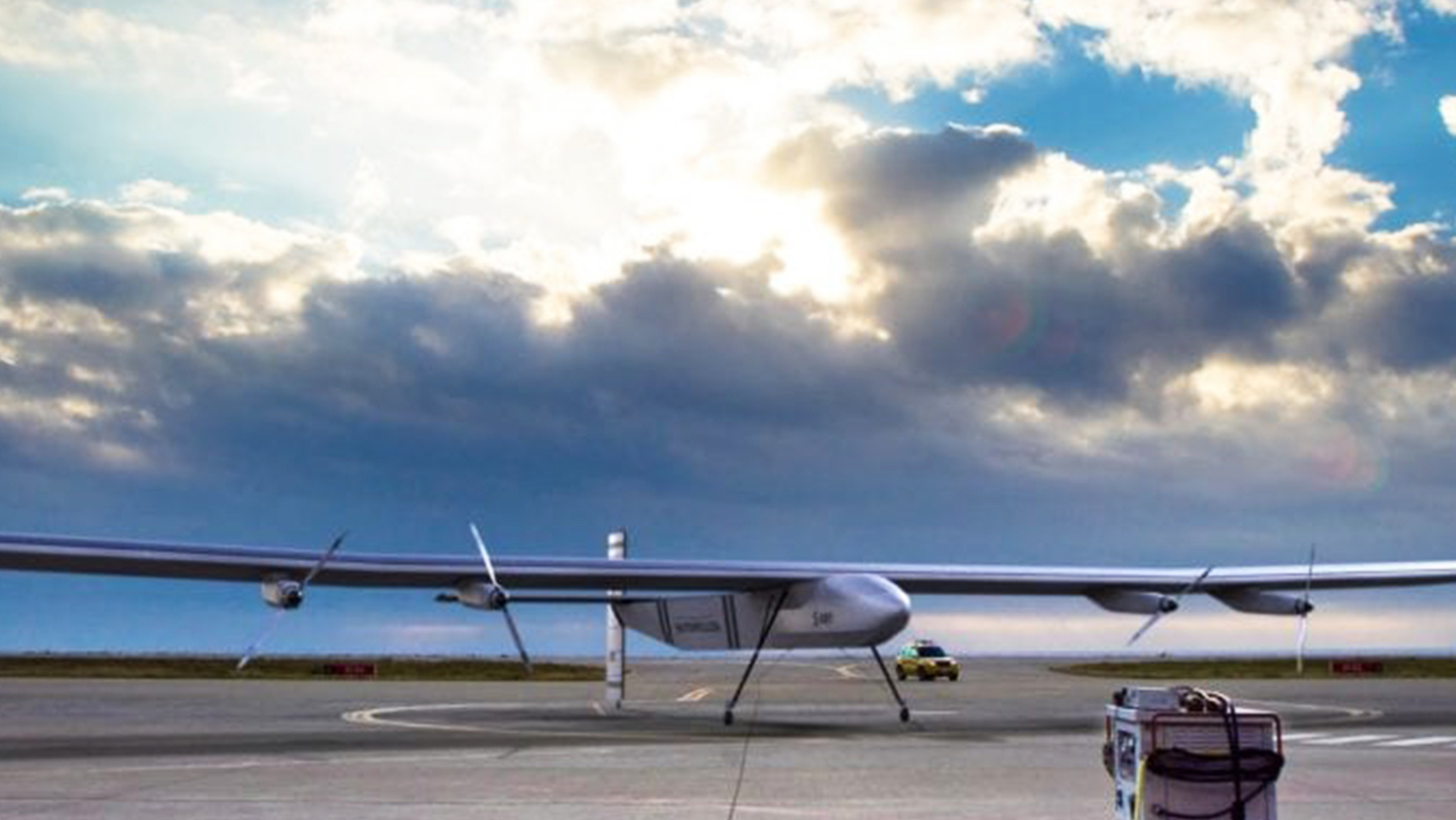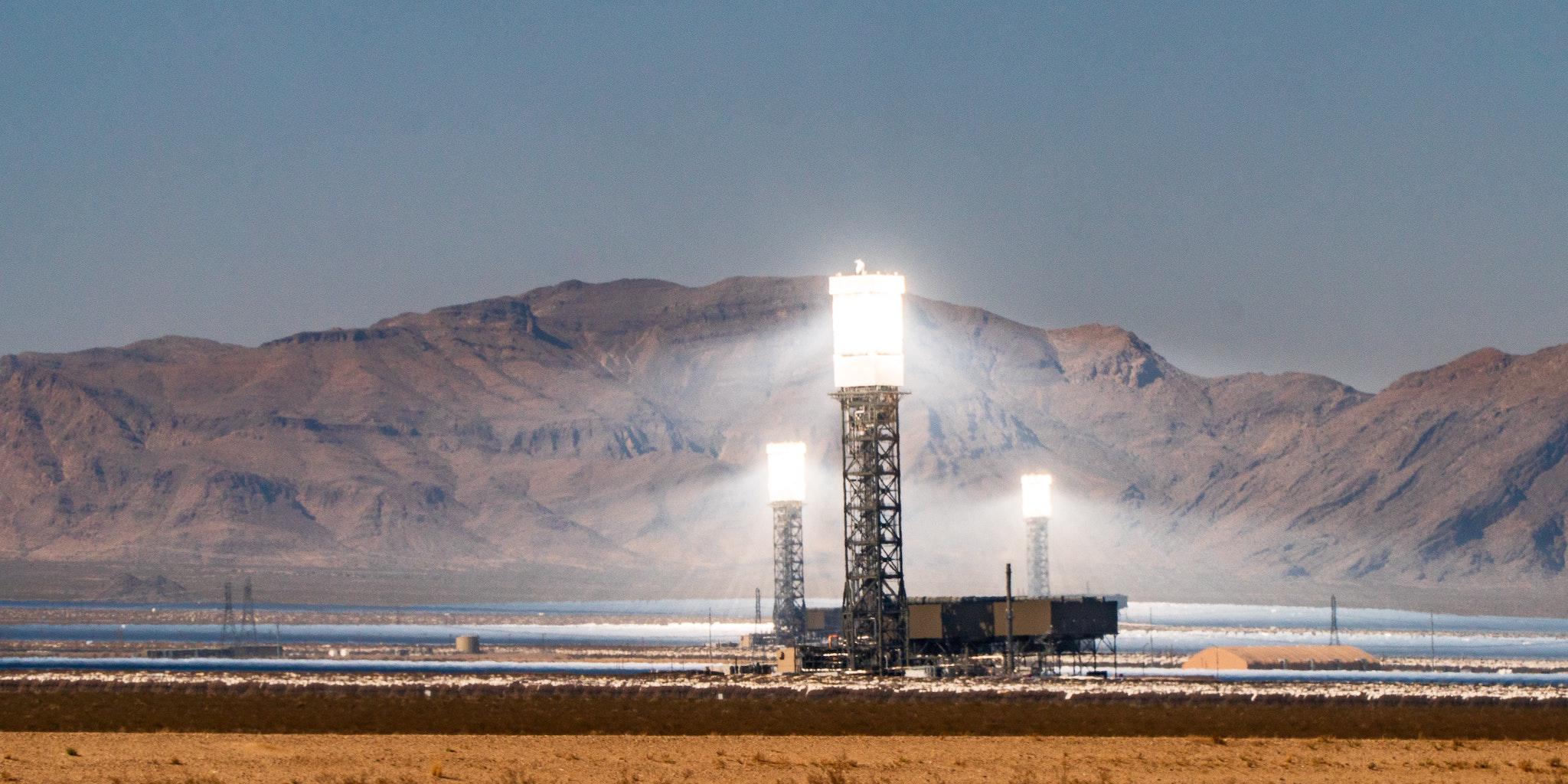The U.S. Navy is building a solar plane

- Called “Skydweller,” the pilotless solar-powered plane can fly for 90 days while watching military ships below.
- The cockpit will be replaced with autonomous technology.
- Currently, the Navy uses drones the size of airliners to monitor vessels at sea, but they can only fly for 30 hours.
This article was originally published on our sister site, Freethink.
The U.S. Navy is developing a solar plane that can fly for 90 days while watching military ships below.
Called “Skydweller,” after its builder, Skydweller Aero, the plane is modeled after the Solar Impulse 2 plane, which flew around the world in 2015 and 2016. But it has one major upgrade: Skydweller will be pilotless.
The futuristic feature: In the new version of this solar-powered plane, the builders will swap out the cockpit for autonomous technology.
“When we remove the cockpit, we are enabling true persistence and providing the opportunity to install up to about 400 kilograms of payload capacity,” Skydweller CEO Robert Miller told New Scientist.
According to reports, the plane’s 72-meter wingspan will carry a long strip of solar panels so that it can stay in the skies for up to 90 days. Skydweller will also use hydrogen fuel cells to boost performance and serve as a backup power source during bad weather. The idea is that the plane will act as a surveillance tool and possibly a communications platform. With long flight times, it could keep a watchful eye on ships on patrol.
Cheaper, longer missions: Right now, the Navy is using drones the size of airliners to monitor vessels at sea. But these drones can only fly for 30 hours at a time, reports the U.S. Sun. A lightweight, solar-powered plane could expand their capabilities and range.
“The biggest advantage of long endurance is not having to make repeated transits to and from the operating area,” Royal United Services Institute’s Justin Bronk told New Scientist.
Skydweller will be able to fly at 100 knots, at an altitude of 45,931, with up to 800 pounds of surveillance equipment like radar and cameras, reports Inceptive Mind.
“For us, if you’re flying 90 days with one aircraft, that’s two takeoffs and landings versus … hundreds,” Skydweller Aero co-founder John Parkes told Aviation Today in June. “Being able to fly thousands of miles, persist over an area for 30-60 days and fly back is a differentiator. It’s a huge cost saving to the U.S. government when you look at the whole cost of doing a lot of the national security missions that we have.”





